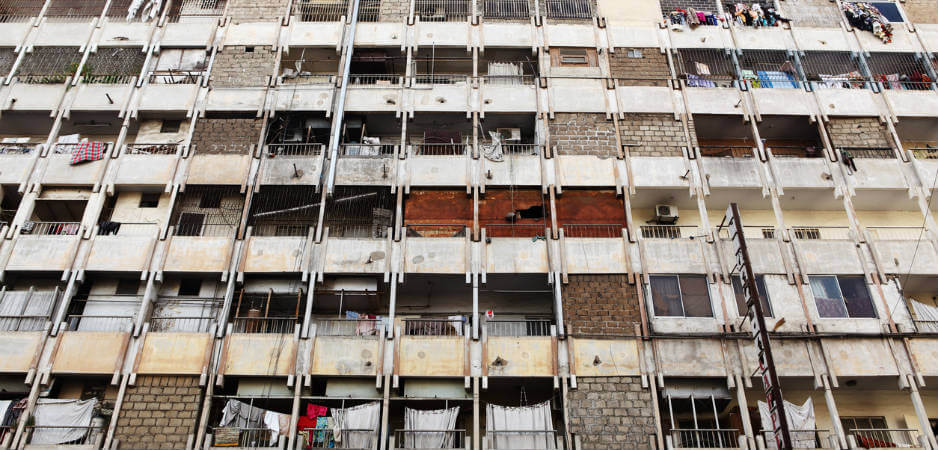What were the worst places to live in 2016?
If you live in a big and hectic city like London or Tokyo, you have most likely found yourself cursing its crowds, distances and public transport, and the weather. With expanding populations, basic services become strained, causing chaos on the streets and stress at home. It is no wonder that the Economist Intelligence Unit has found that mid-sized cities tend to score better in high liveability rankings.
But when it comes to the least habitable places of 2016, dangerous levels of pollution, terrorist attacks, corruption, generational poverty and some of the worst traffic in the world does not even begin to earn you a place on the list.
Douala, in Cameroon, saw some 20,000 deaths on its roads between 2010 and 2015, due to a critical collapse of infrastructure. The population of Karachi, in Pakistan, is estimated to reach 25 million by 2030, and yet the city has no adequate water or sewage systems to support its vast and rapidly expanding shantytowns.
With cities such as Damascus, in Syria, not making the list despite the ongoing civil war, the top pick for the world’s least liveable city might come as a surprise, to say the least.
The views expressed in this article are the author’s own and do not necessarily reflect Fair Observer’s editorial policy.
Photo Credit: danishkhan
Support Fair Observer
We rely on your support for our independence, diversity and quality.
For more than 10 years, Fair Observer has been free, fair and independent. No billionaire owns us, no advertisers control us. We are a reader-supported nonprofit. Unlike many other publications, we keep our content free for readers regardless of where they live or whether they can afford to pay. We have no paywalls and no ads.
In the post-truth era of fake news, echo chambers and filter bubbles, we publish a plurality of perspectives from around the world. Anyone can publish with us, but everyone goes through a rigorous editorial process. So, you get fact-checked, well-reasoned content instead of noise.
We publish 2,500+ voices from 90+ countries. We also conduct education and training programs
on subjects ranging from digital media and journalism to writing and critical thinking. This
doesn’t come cheap. Servers, editors, trainers and web developers cost
money.
Please consider supporting us on a regular basis as a recurring donor or a
sustaining member.
Will you support FO’s journalism?
We rely on your support for our independence, diversity and quality.






